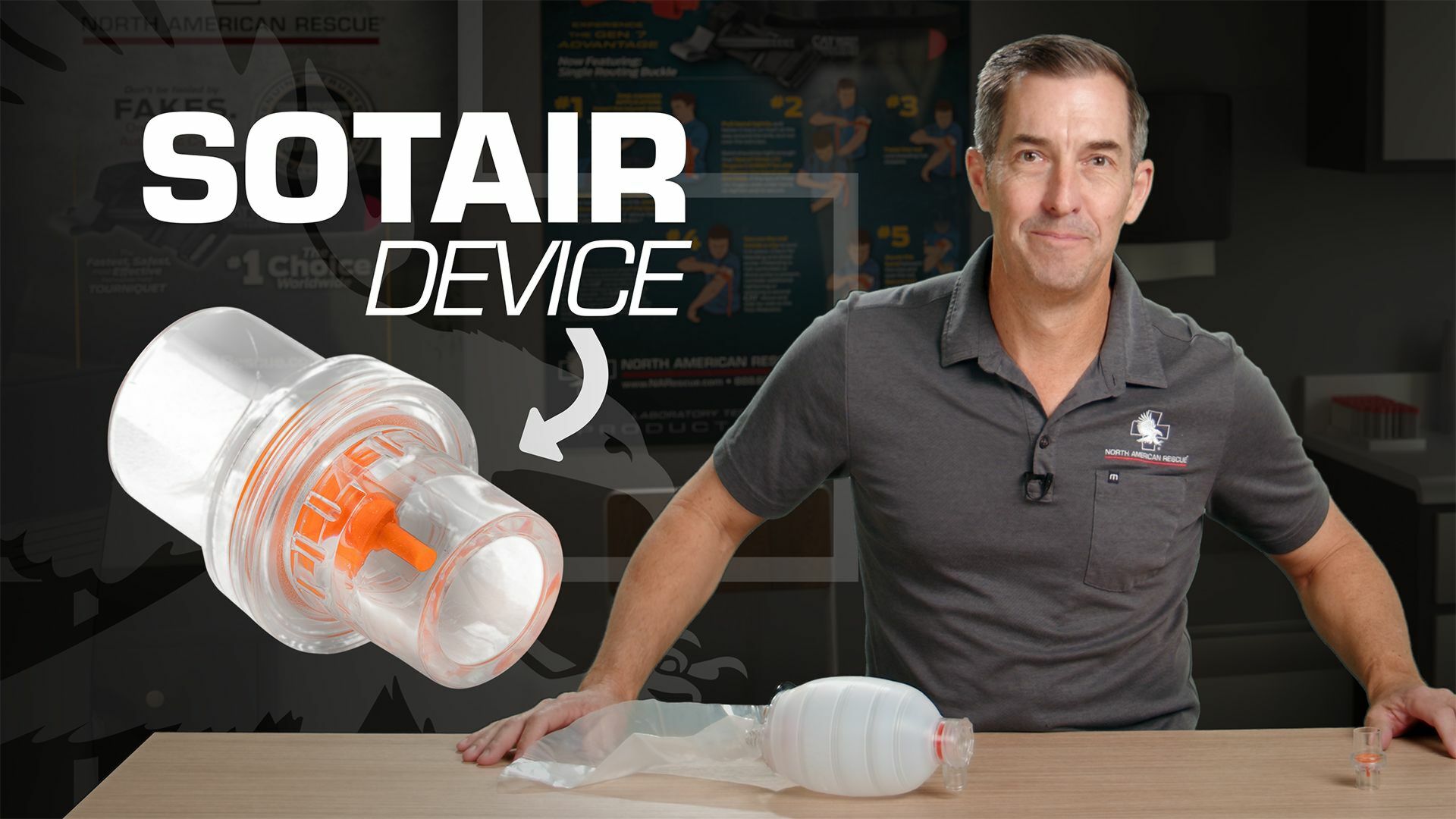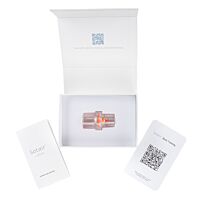Hey guys, doc Miles at North American Rescue. Let's talk ventilation in TBI. So if you really want to get a full in-depth understanding of how to ventilate patients best in TBI, you need to go over to the EPIC study and take a look at their guidelines, which are free for download and posted here. One of the key things that they talk about on the EPIC guidelines for TBI management is proper ventilation of casualties.
Common Mistakes in TBI Patients Ventilation
What we tend to do with casualties with TBI in the pre-hospital setting is we tend to overventilate and we tend to hyperventilate. So overventilate, meaning we give too much air. We cause barrow trauma and problems within the lungs, which can worsen TBI. And then we can also hyperventilate our patient, which we don't want to do in a TBI.
When you hyperventilate a patient, it causes vasoconstriction in the brain, and therefore it decreases perfusion to the brain, and that's when our brain needs perfusion in red blood cells the most. So we don't want to do anything to impede that.
The Key to Survivability
So what they found is that proper ventilation is one of the keys to survivability and good outcomes in pre-hospital TBI management. So how do we do that? Well, one thing is we want to slow down our rate. So in adults we can be really excited. They've got a TBI, we get kind of amped up and we just start bagging them, right? And we're bagging them and bagging them, and that'll lead to a much higher rate than we want to go. There's things like timers where it'll flash on and it'll help keep you at a certain rate.
In general, in adults, you want to be about 10 respirations per minute. That can be kind of hard to just remember, so you can look at your watch. You can also have one of those light timers that are actually on the bag, and it'll tell you each time to squeeze. We can also do things to limit the airflow going into the patient.
Limiting Airflow with the Sotair Device
So one of the ways we can do that is with this device from Sotair. And what this is, is it's a flow limiting device. So we place this on the end of our BVM, and if we start squeezing too quickly, this one-way valve is going to block airflow coming out of it and slow down your ventilation, right? So you're not going to give these big, massive breaths over and over.
So once we have a little bit of resistance, if we're having a nice smooth squeeze, like we should be. Air flows out of it and comes back into the bag. So it's a really nice way to limit the amount of air going into a patient. So we're not overventilating. It also helps slow us down, because if we're trying to pump that patient full of air, it's going to resist, and that valve's going to catch and it's going to slow us down until we're getting at the right rate and the right amount of air flown in.
Of course, we want to use other adjuncts as well, so we want to do a pulse oximetry check with a nice SPO2 monitor. We also want to monitor tidal CO2 output with our patient, especially once we go ahead and intubate that patient.
EPIC Study
So I really encourage you to check out the EPIC study and apply these guidelines to your TBI patient. Really exciting information that they were able to find through their pre-hospital database. And that's one is they greatly reduced incidence of hypoxia. They reduced overventilation of patients, and in all ages, they've shown a doubling of survival when these guidelines were appropriately applied in the pre-hospital setting.
So go online, take a look at the EPIC study and these guidelines, and integrate them into your pre-hospital care.
Check out the EPIC Study







